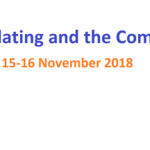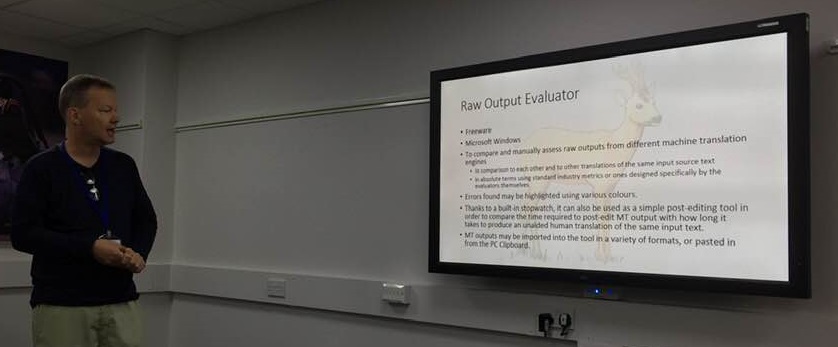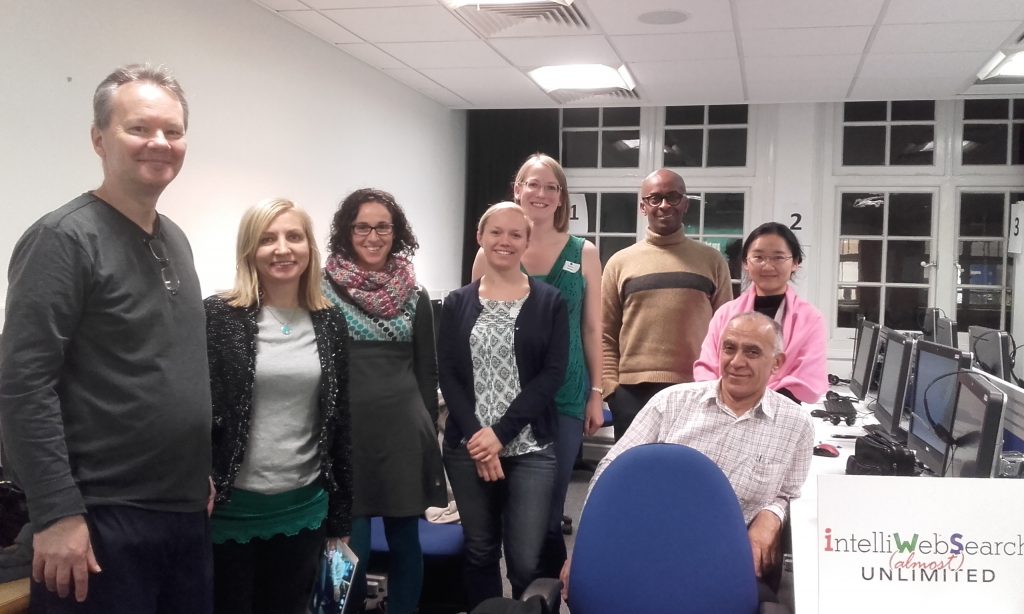
Cooking up the right words: hints, tips and tricks for successful food translation
27 May 2023
 It is hard to imagine two things more intimately tied than language and food. Not just because they both require our mouths and tongues, and involve our emotions, but because they are two fundamental, defining aspects of the culture of a people. Translating food therefore poses some particularly demanding challenges that call for highly transcreative, outside-the-box thinking.
It is hard to imagine two things more intimately tied than language and food. Not just because they both require our mouths and tongues, and involve our emotions, but because they are two fundamental, defining aspects of the culture of a people. Translating food therefore poses some particularly demanding challenges that call for highly transcreative, outside-the-box thinking.
Mike will start the morning by discussing the links between language, culture and food with particular reference to Italy, and why they are so important.
After the coffee break, he will continue with a more interactive session where participants will take an analytical and critical look at some material from restaurant menus. The examples used refer to Italian cuisine, partly because it is so well known internationally and partly because this is the food Mike is most familiar with. They will be in English, although some Italian will inevitably creep in. The aim is to look at ideas for solving specific practical problems, thereby gaining insights that can be applied to food translation in general.
Participants should come away with a clear notion of the type of problems food translation poses and some ideas on how to tackle them.









 Engaging copy translated literally into English, without taking account of differences in linguistic, semantic and cultural expressions, at best leaves much to be desired and at worst provokes hysterical laughter.
Engaging copy translated literally into English, without taking account of differences in linguistic, semantic and cultural expressions, at best leaves much to be desired and at worst provokes hysterical laughter.
 Thanks to my scientific background, I specialize in technical translations. Over the years I have acquired experience in transcreating advertising copy and press releases primarily for the promotion of technology products.
Thanks to my scientific background, I specialize in technical translations. Over the years I have acquired experience in transcreating advertising copy and press releases primarily for the promotion of technology products.
 "My opinion is very positive, both of the person and the service."
"My opinion is very positive, both of the person and the service."